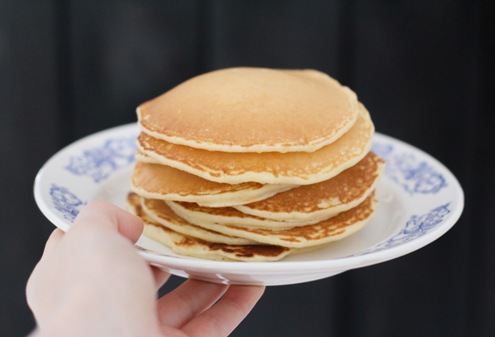Spring seems to be making a slow comeback here in New England this year. As a result, rain has been scarce but the cold and windy days have had us staying inside more than we like. The good thing is that the days are longer, leaving us with plenty of daylight for fun. When those cold, windy and wet days strike, binge watching TV and video games are not the only option. How about some basic chemistry fun? Suitable for kids and adventurous adults. I am not talking about making slime but kitchen chemistry, the delicious kind. If you are scratching your head let me clarify, baking, frying and various cooking methods are all examples of practical kitchen chemistry.

Without chemistry at work, cakes and cupcakes would not satisfy us with their airy, spongy and light texture. They would, however, make excellent hockey pucks. The chemical reactions between sodium bicarbonate (baking soda) and some sort of acid (maybe buttermilk) facilitated by liquid and heat is what helps make cupcakes spongy and light. Take away one or the other and you get a hockey puck. Protein in eggs (and flour) is transformed into the structure of your culinary delights. Fat and sugar help trap moisture in finished baked goods. Chemical reactions make it all work together to transform a bunch of ingredients into delicious cakes and breakfast foods.
Kitchen fun for all
Muffins, cupcakes and pancakes are an excellent way to introduce the wonders of chemistry to kids (or adults). They are easy to mix. Most require minimal equipment and minimal skill. If you can read and follow directions, you can can reap the delicious results of your kitchen experiments. Most require only limited application of muscle. Once the mixing is done you can watch the magic happen either through the oven window or on a skillet . An entire chemistry lesson in 30 minutes with delicious results to celebrate with after.

Gather up the ingredients for pumpkin pancakes, mix the dry and wet ingredients separately, combine and watch the magic happen. You can see the bubbles form and pop on the surface, that’s the baking soda reacting with the acids to create bubbles of gas. Heat a skillet and pour some batter on the hot surface than watch the bubble formation accelerate as the chemical reaction is supported by the heat. Flip the pancake and watch the entire pancake rise as more bubbles form and the proteins solidify into a light and airy structure.
There are many ways you can share these wonders with your loved ones. Food tastes better if you help prepare it together. With a little bit of imagination, and a different perspective, you can turn your kitchen into a lab, and cooking and baking into fun experiments that you can enjoy eating together.
Share the wonders of chemistry with your family!
Eating healthy and delicious food does not have to take hours or special skills. Everyone can have fun experimenting in the kitchen. Learning to cook and having fun with kids in the kitchen can have tremendous benefits. My programs help you discover ways that you can live a healthy life, eat delicious food and have fun. Check out the currently available programs and deals on the Programs and Services tab. You can also preview course content and register on my online school dashboard.
